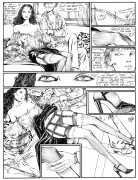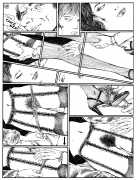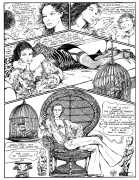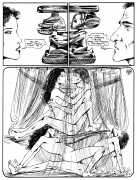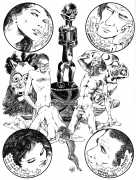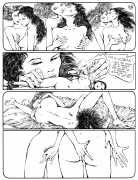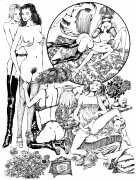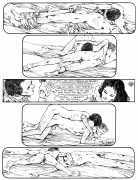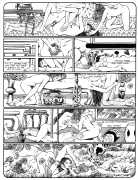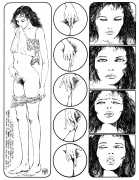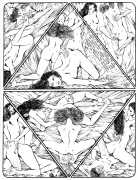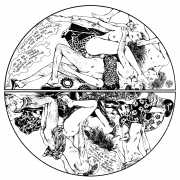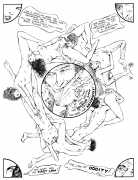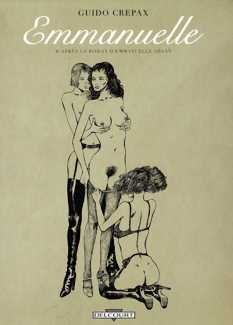 After Baba Yaga, when a Crepax tale came first and the film later, Emmanuelle was a successful graphic version based on a successful film based on a successful novel.
After Baba Yaga, when a Crepax tale came first and the film later, Emmanuelle was a successful graphic version based on a successful film based on a successful novel.
Emmanuelle Arsan’s novel featured on the erotic best-seller list for several years; it owed some part of its success to the rumour that it was the true story of the life of the author, who was the wife of a French diplomat then working in Thailand. Emmanuelle was adapted for the screen in 1973; the director Just Jaeckin chose Sylvia Kristel as his first lady and made an erotic classic, which was featured for twelve successive years by the Triomphe Cinema in Montmartre. Four million spectators came to see it at the Triomphe alone. ‘Emmanuelle’ package tours to Paris, including a cinema ticket, were organised from countries where the film was banned. Jaeckin, who also adapted Histoire d’O for the cinema, was given a large budget, and made a film of unusual aesthetic subtlety for the genre; this contributed to its positive image, and distinguished it from the many feeble imitations that it spawned.
Crepax presented his Emmanuelle volume in a variety of different ways, including extreme contrasts of black and white, and pages with minimal shadow and exotic framing. In contrast with the film, whose aesthetic was essentially that of fashion photography, Crepax remained faithful to his style of cinematic framing and montage, expressive details and narrative inflected by the varying size of image. His version of Emmanuelle, almost of necessity, retained the legendary wicker peacock-chair featured in the poster, but is otherwise quite uninfluenced by the iconic status of the film.
The Crepax Emmanuelle was published by Delcourt; the English-language version was included in the Taschen Evergreen compendium of 2000 which also includes Bianca and Venus in Furs. We have included the first twenty or so pages to give a flavour of Crepax’s graphic techniques.




